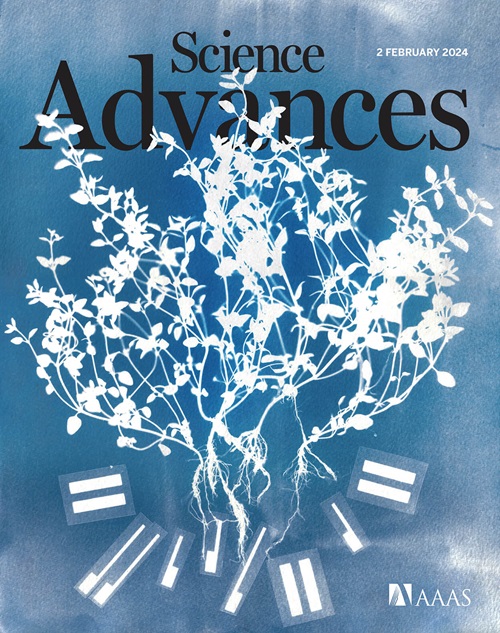Stealth and deception: Adaptive motion camouflage in hunting broadclub cuttlefish
IF 11.7
1区 综合性期刊
Q1 MULTIDISCIPLINARY SCIENCES
引用次数: 0
Abstract
Maintaining camouflage while moving is a challenge faced by many predators. Some exploit background motion to hide while hunting, and others may use coloration and behavior to generate motion noise that impairs detection or recognition. Here, we uncover a unique form of motion camouflage, showing that broadclub cuttlefish pass dark stripes downward across their head and arms to disguise their hunting maneuvers. This “passing-stripe” display reduces the probability of response to predatory expanding stimuli by prey crabs in a lab-based experiment, is modulated according to approach speed during a hunt, and generates a motion pattern that is different from that of looming predators. This form of motion camouflage likely functions by overwhelming the threatening motion of the approaching predator with nonthreatening downward motion generated by the rhythmic stripes.

求助全文
约1分钟内获得全文
求助全文
来源期刊

Science Advances
综合性期刊-综合性期刊
CiteScore
21.40
自引率
1.50%
发文量
1937
审稿时长
29 weeks
期刊介绍:
Science Advances, an open-access journal by AAAS, publishes impactful research in diverse scientific areas. It aims for fair, fast, and expert peer review, providing freely accessible research to readers. Led by distinguished scientists, the journal supports AAAS's mission by extending Science magazine's capacity to identify and promote significant advances. Evolving digital publishing technologies play a crucial role in advancing AAAS's global mission for science communication and benefitting humankind.
 求助内容:
求助内容: 应助结果提醒方式:
应助结果提醒方式:


